Archives
- 2025-11
- 2025-10
- 2025-09
- 2025-04
- 2025-03
- 2025-02
- 2025-01
- 2024-12
- 2024-11
- 2024-10
- 2024-09
- 2024-08
- 2024-07
- 2024-06
- 2024-05
- 2024-04
- 2024-03
- 2024-02
- 2024-01
- 2023-12
- 2023-11
- 2023-10
- 2023-09
- 2023-08
- 2023-06
- 2023-05
- 2023-04
- 2023-03
- 2023-02
- 2023-01
- 2022-12
- 2022-11
- 2022-10
- 2022-09
- 2022-08
- 2022-07
- 2022-06
- 2022-05
- 2022-04
- 2022-03
- 2022-02
- 2022-01
- 2021-12
- 2021-11
- 2021-10
- 2021-09
- 2021-08
- 2021-07
- 2021-06
- 2021-05
- 2021-04
- 2021-03
- 2021-02
- 2021-01
- 2020-12
- 2020-11
- 2020-10
- 2020-09
- 2020-08
- 2020-07
- 2020-06
- 2020-05
- 2020-04
- 2020-03
- 2020-02
- 2020-01
- 2019-12
- 2019-11
- 2019-10
- 2019-09
- 2019-08
- 2019-07
- 2019-06
- 2019-05
- 2019-04
- 2018-11
- 2018-10
- 2018-07
-
Differentiation to either Th or Th cells is significantly
2021-11-29

Differentiation to either Th1 or Th2 ampar is significantly influenced by the relative expression of T-bet and GATA-3, respectively (Zhu et al., 2006, Jenner et al., 2009). T-bet acts as a key regulator of Th1 cell fate determination and directly activates IFN-γ and suppresses IL-4 (Szabo et al., 2
-
Recently we suggested that KYNA an endogenous GPR
2021-11-29
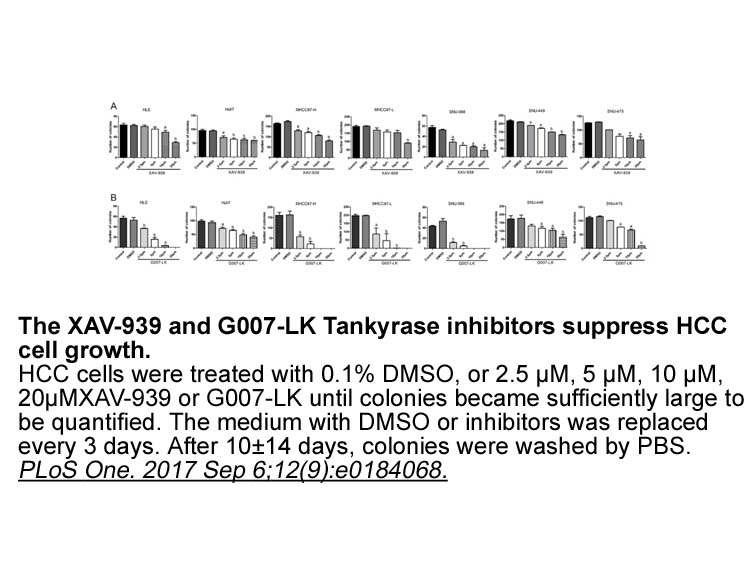
Recently, we suggested that KYNA – an endogenous GPR35 agonist could be produced in a human cornea since we showed the presence of the enzymes that catalyze the synthesis of KYNA – kynurenine aminotransferases I-III in corneal epithelium, stroma and endothelium (). Therefore, these findings provided
-
br A selective inhibitor of mammalian histone
2021-11-29
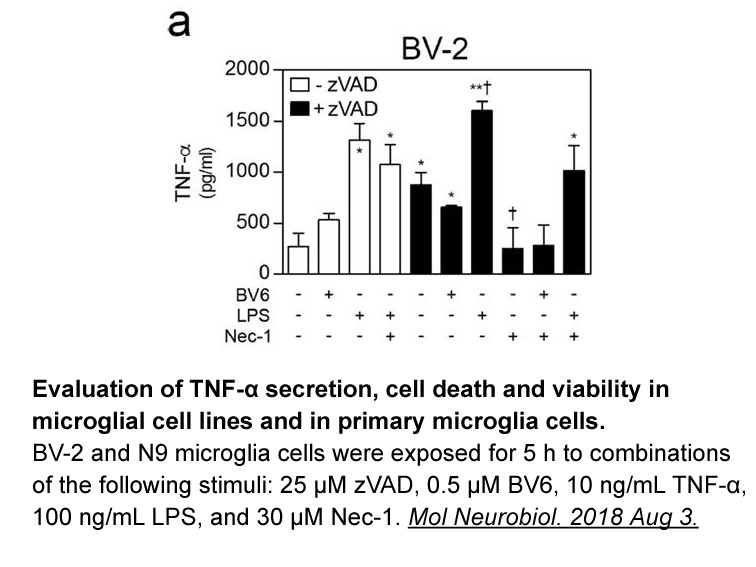
A selective inhibitor of mammalian histone deacetylase, trichostatin A, reduces GnRH mRNA expression Epigenetic mechanisms controlling GnRH expression have been reported, and these mechanisms may be involved in the development and maturation of GnRH neurons in the brain (Gan et al., 2012, Kurian
-
On the other hand it is quite possible that
2021-11-29

On the other hand, it is quite possible that strychnine-sensitive glycine sites are responsible for mediating the anticonvulsant effects of GlyT1 inhibitors. Strychnine, which acts as an antagonist at these sites, is a well-known as a convulsant drug, and elevation of endogenous glycine levels at th
-
The amyloid precursor protein APP is
2021-11-29
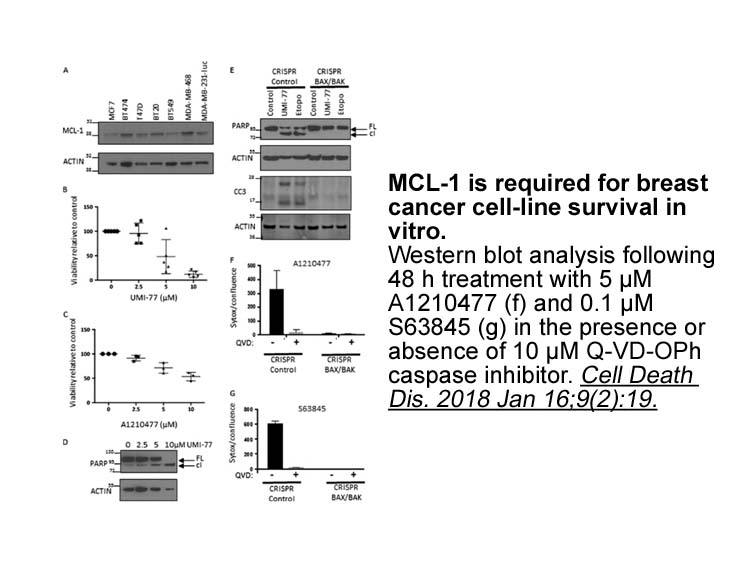
The amyloid precursor protein (APP) is a membrane protein thought to be involved in plasticity, synapse formation and repair, and export of metal ions [68]. The APP present in the brain can be cleaved by three different secretases [73], [74]. Cleavage of APP first by alpha secretase and then gamma-s
-
HG-10-102-01 australia Tail group SAR of the imidazole
2021-11-26
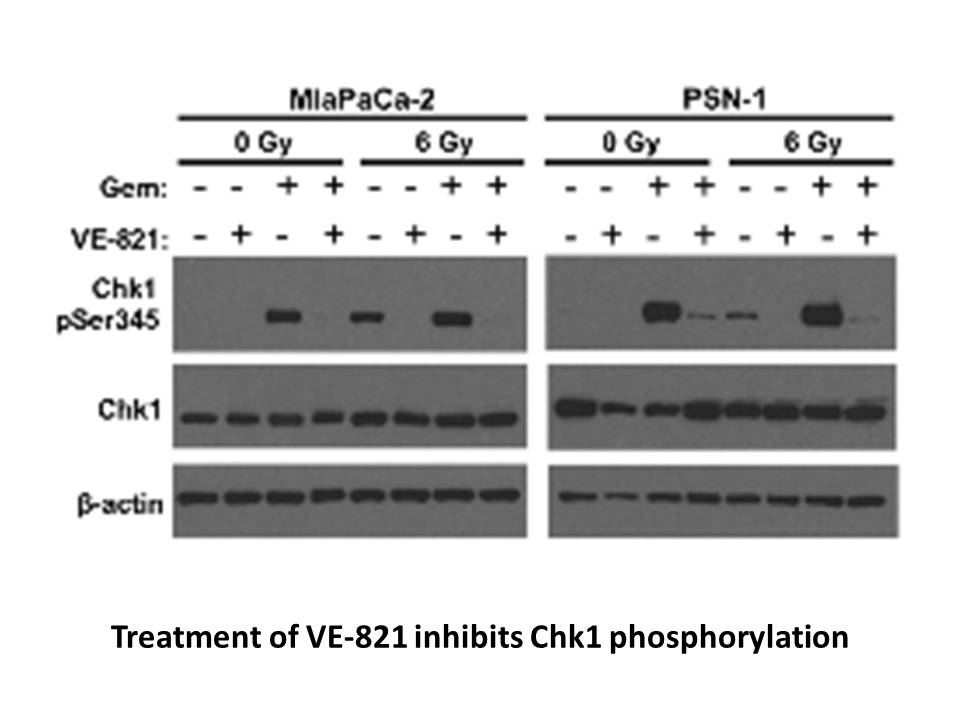
Tail group SAR of the imidazole derived analogs is shown in . The previous SAR study from the discovery of AMG 837 revealed that a simple un-substituted meta-biphenyl tail group was less favorable in terms of potency. Efforts to introduce polarity to the tail group were not successful. When a methyl
-
boc boc Hydantoin in region F bridging
2021-11-26
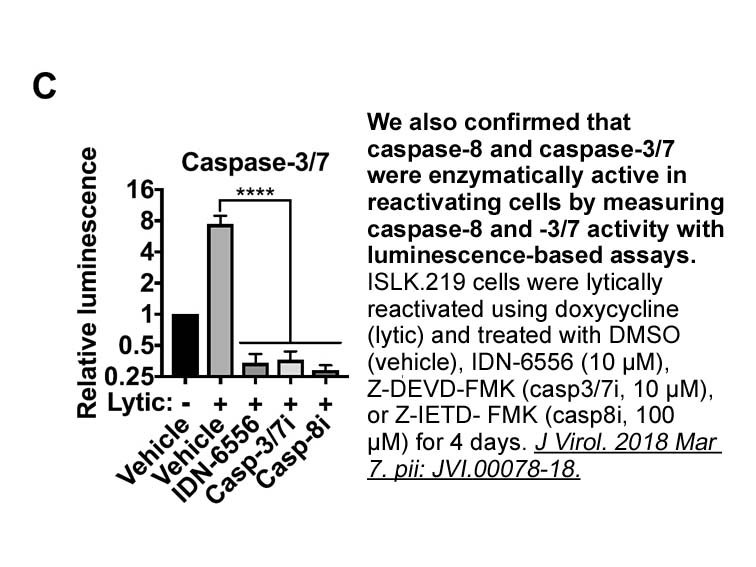
Hydantoin in region F bridging the phenoxybenzene and benzimidazole moieties was replaced by cyclic building blocks, diketopiperazine (25) and imidazolidinone (26), and linear bonds, amide (27) and urea (28). Analogs 25–28 possessing the linkers other than hydantoin were not tolerated in LBD of FXR,
-
Herein we report the discovery
2021-11-26
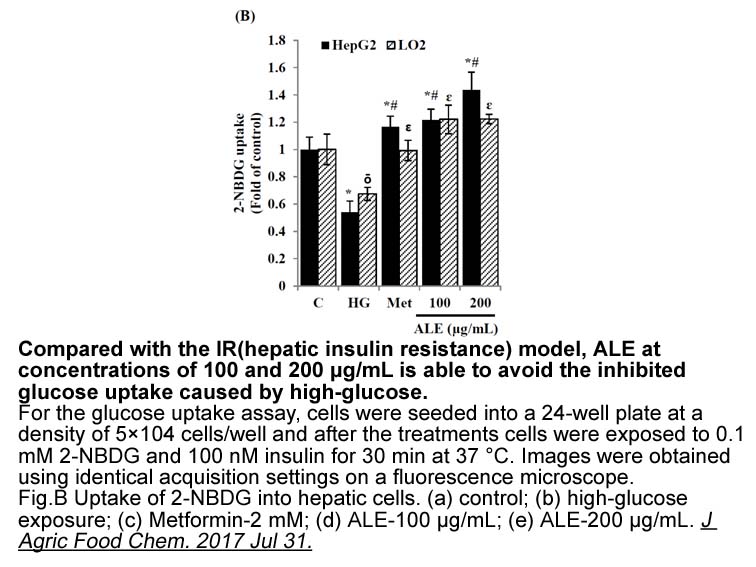
Herein, we report the discovery of AM-3189 (). AM-3189 maintains the in vivo efficacy of AMG 837 while displaying a superior pharmacokinetic profile and minimal CNS exposure. As we reported previously, activity on the GPR40 receptor varies significantly with substitution at the β-carbon relative to
-
br Acknowledgments br The study was
2021-11-26

Acknowledgments The study was funded by the European Commission FP7-project Beta-JUDO (Grant 279153), and Swedish Diabetes Association (Grant DIA 2013-043) and Family Ernfors Foundation (Grant 150430). Free fatty 2211 receptors (FFARs) represent a family of G-protein coupled receptors (GPCR
-
br Significance Metabolites present in the extracellular env
2021-11-26

Significance Metabolites present in the extracellular environment can potently modulate cellular phenotypes and potentially serve as therapeutics for various diseases. Ferroptosis is a non-apoptotic cell death process characterized by the generation of toxic lipid reactive oxygen species (ROS). I
-
The Ala to Leu substitution would reduce the
2021-11-26
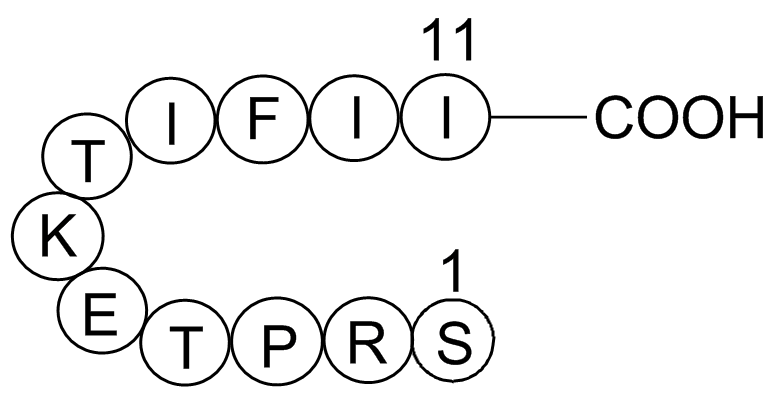
The Ala116 to Leu110 substitution would reduce the size of the active-site cavity disfavoring the production of longer allylic compounds as a result of steric hindrance, according to the observations of Poulter and co-workers [29], [30]. However, this explanation appears to be unlikely since several
-
Additionally to their peripheral effects evidence indicate
2021-11-26
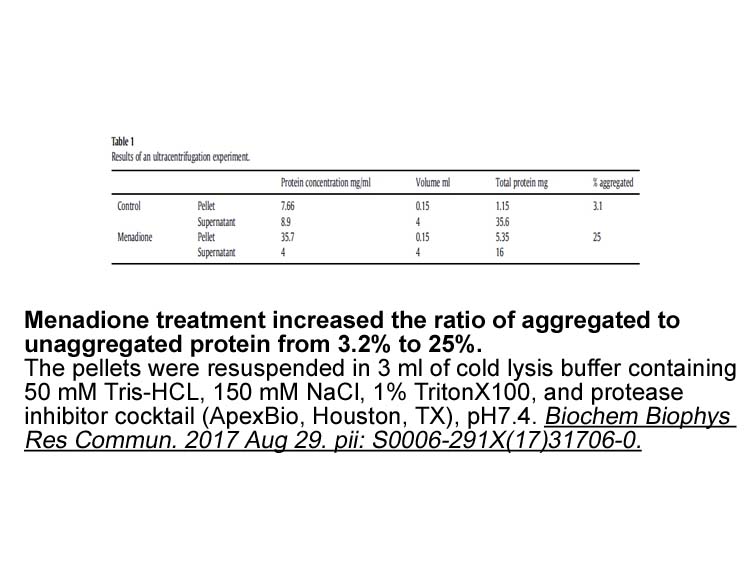
Additionally to their peripheral effects, evidence indicate a role for ETs in the central nervous system (Mosqueda-Garcı́a et al., 1993). Indeed, using Northern blot analysis and in situ hybridization it has been shown the presence of immunoreactive ET of non-vascular origin and of neuronal locatio
-
Previous study demonstrated that Hcy elevated organ culture
2021-11-26
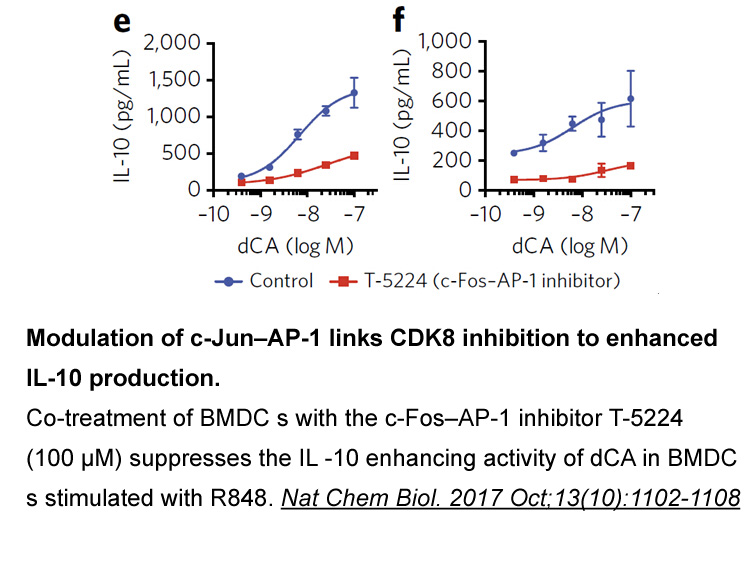
Previous study demonstrated that Hcy elevated organ culture-induced up-regulation of ETB receptor in VSMCs (Chen et al., 2016a; Chen et al., 2016b). Many signaling pathways were involved in Hcy-induced up-regulation of ETB receptor in VSMCs, such as ERK1/2/NF-κB signaling pathway, Sirt1/NF-κB signal
-
br Conflict of interest br Introduction HAT
2021-11-26

Conflict of interest Introduction HAT1 is the founding member of an expanding class of enzymes known as type B histone acetyltransferases (HATs). HATs are divided into two categories, type A and type B [1]. The type A HATs are nuclear enzymes that acetylate histones in the context of aldose re
-
alpha adrenergic blockers The components of the SAGA complex
2021-11-26

The components of the SAGA complex including Gcn5 have recently been found to be involved in regulating pathways that are required for development and virulence in different species under the environmental stresses, around 10% of S. cerevisiae genes are activated by the transcriptional coactivator S
15661 records 519/1045 page Previous Next First page 上5页 516517518519520 下5页 Last page